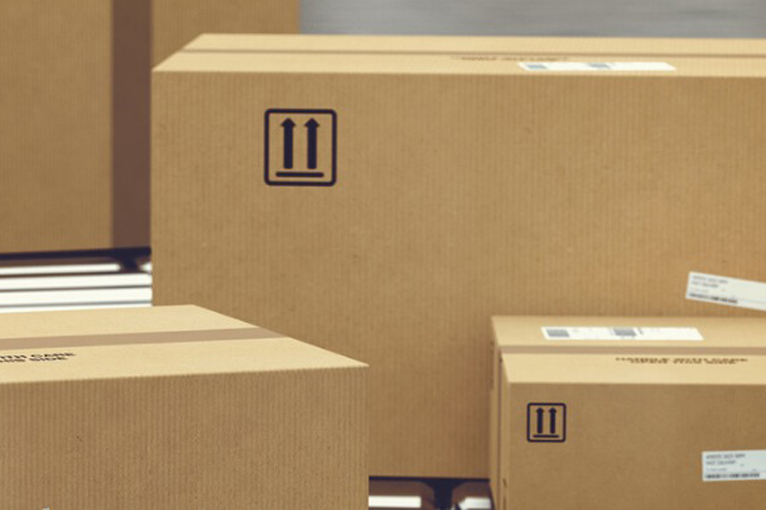

It’s clear that online shopping is here to stay. Black Friday-Cyber Monday lead the charge now, where many retailers embrace the weekend of pre-Christmas sales. To meet demand, AusPost has recruited another 3,500 staff in the lead up to Christmas.
Considering more people will opt to receive their Christmas shopping in the mail, it’s important for shoppers to understand the potential ramifications around their choice of postage. According to Australia Post, the cut-off for Christmas deliveries is today, 17th December. For the true last minute shoppers, express shipping lets you squeeze in those important, extra few days (23rd December).
But what are the unforseen costs for this added convenience and speed?
In theory, online shopping and delivery can be a greener alternative to traditional brick and mortar shopping: Dispatching multiple products on one route to many homes, using one vehicle is more efficient than individuals making multiple trips to the stores. In a 2012 study, University of Washington professor Anne Goodchild found that grocery delivery can cut between 80% and 90% of carbon emissions, for example, compared to consumers going to pick up their items on their own. However, this number is impaired when speedy, express shipping is chosen at the checkout.
Fast shipping eliminates many of the benefits of e-commerce purchasing by forcing shipping companies to resort to inefficient transport methods such as using air freight to transport goods, which emits drastically more carbon than ground transportation. The most carbon-intensive part of the shipping process, however, is the last leg of the trip, where couriers deliver the parcel to the door in vehicles.
Miguel Jaller, the co-director of the Sustainable Freight Research Center at the Institute of Transportation Studies at UC Davis, found that if a delivery van makes less than around six stops on a trip, the emissions advantage disappears. The increased time pressure placed on orders limits operational efficiency and instead of being sent on the most efficient route, vans are loaded semi-full, resulting in greater carbon-intensive loads.
This environmental consequences worsens when consumers take advantage of increasingly lenient return and exchange policies, which in effect doubles the kilometres travelled.
What can a savvy shopper do?
Although express shipping may reduce the potential benefits of delivering goods to your doorstep, the advantages over going in store shopping can be maximised if you simply choose the standard ‘Green’ shipping option. Being a little more patient and organised this Christmas goes a long way. The best option is to purchase less, and only what we need, without feeding into the ‘try before you buy’ return policies.
How e-comm businesses can respond
The responsibility also lies on businesses to make consumers aware of the potential costs of fast shipping on the environment. Some e-commerce businesses are using behavioural economics by implementing a default ‘green shipping’ option during checkout, leading consumers to choose the more environmentally friendly option. Other companies, such as Sendle provide alternative, fully carbon neutral courier services. They are in direct competition with AusPost in an effort to challenge them to commit to 100% carbon neutrality. This has been successful, with Australia Post recently announcing the intention to introduce carbon neutral delivery, although the plans and timeline are unclear.
Considering that online shopping isn’t going away, let’s embrace and maximise the benefits that e-commerce delivery can have on the environment. How have you decided to shop this Christmas?
Continue the festive spirit and share this article to your loved ones and let them know about the impact of shipping on the planet.
